|
Voiced by Amazon Polly |
Introduction
Self-healing infrastructure marks a shift from reactive monitoring to proactive, automated remediation. By combining Generative AI with tools like Amazon DevOps Guru, organizations can predict failures, identify root causes, and auto-correct issues. This blog explores practical approaches to implementing predictive maintenance using ML models and creating systems that can autonomously remediate common issues.
In my experience as a Solutions Architect, I’ve witnessed the evolution of infrastructure management from manual operations to automated provisioning and now to self-healing systems. The integration of Generative AI and services like Amazon DevOps Guru represents a quantum leap in this evolution, enabling infrastructure that can detect issues and predict and resolve them autonomously.
Think of traditional infrastructure as vehicles requiring regular maintenance checks and manual repairs when something breaks. Self-healing infrastructure with GenAI is more like a modern electric vehicle with advanced diagnostics that can predict component failures before they happen, automatically adjust systems to prevent issues, and sometimes repair itself without human intervention.
Pioneers in Cloud Consulting & Migration Services
- Reduced infrastructural costs
- Accelerated application deployment
The Self-Healing Infrastructure Framework
The effective self-healing infrastructure consists of four key components:

Comprehensive Observability
The foundation of self-healing infrastructure is rich, multi-dimensional observability:
- Metrics: Quantitative measurements of system performance
- Logs: Detailed records of system events and activities
- Traces: End-to-end transaction flows across distributed systems
- Events: Significant state changes in the infrastructure
- Configuration: Current and historical system configurations
Predictive Analytics with Amazon DevOps Guru
Traditional monitoring is reactive, triggering alerts after issues occur. Amazon DevOps Guru uses machine learning to forecast potential issues before they impact users:
- Anomaly Detection: Identify unusual patterns that may indicate impending failures
- Trend Analysis: Detect gradual degradation that could lead to future problems
- Correlation Analysis: Discover relationships between seemingly unrelated metrics
- Seasonal Pattern Recognition: Account for normal variations in workload
Intelligent Diagnosis with LLMs
When Amazon DevOps Guru or other predictive systems identify a potential issue, LLMs can provide intelligent diagnosis:
- Context-Aware Analysis: Understand the system architecture and dependencies
- Pattern Recognition: Identify known failure patterns from historical data
- Root Cause Analysis: Determine the underlying cause of symptoms
- Natural Language Explanation: Generate human-readable explanations
Here’s an example of implementing intelligent diagnosis using Amazon Bedrock:
|
1 2 3 4 5 6 7 8 9 10 11 12 13 14 15 16 17 18 19 20 21 22 23 24 25 26 27 28 29 30 31 32 33 34 35 36 37 38 39 40 41 42 43 44 45 |
def diagnose_issue(devops_guru_insight, logs, system_context): bedrock = boto3.client('bedrock-runtime') # Prepare prompt for the LLM prompt = f""" You are an expert cloud operations engineer. Analyze this potential issue and provide: 1. A diagnosis of the root cause 2. Severity assessment (Critical, High, Medium, Low) 3. Potential impact if not addressed 4. Recommended remediation steps DevOps Guru Insight: {json.dumps(devops_guru_insight, indent=2)} System context: {system_context} Recent logs: {json.dumps(logs, indent=2)} Format your response as JSON with the following structure: {{ "root_cause": "detailed explanation", "severity": "Critical|High|Medium|Low", "impact": "description of potential impact", "remediation_steps": ["step1", "step2", ...], "automation_possible": true|false }} """ # Call Amazon Bedrock response = bedrock.invoke_model( modelId='anthropic.claude-3-sonnet-20240229-v1:0', body=json.dumps({ "prompt": prompt, "max_tokens": 4000, "temperature": 0.2 }) ) # Process the response result = json.loads(response['body'].read().decode()) diagnosis = json.loads(result['completion']) return diagnosis |
Automated Remediation
The final component is automated remediation, which implements fixes without human intervention:
- Predefined Playbooks: Standard procedures for common issues
- Dynamic Remediation: LLM-generated fixes for novel problems
- Verification and Rollback: Confirm fixes work or revert changes
- Learning Loop: Improve remediation based on outcomes
Here’s an example of implementing automated remediation using AWS Systems Manager:
|
1 2 3 4 5 6 7 8 9 10 11 12 13 14 15 16 17 18 19 20 21 22 23 24 25 26 27 28 29 30 31 32 33 34 35 36 37 38 39 40 41 42 43 44 45 46 47 |
def execute_remediation(diagnosis, resource_id): ssm = boto3.client('ssm') if diagnosis['automation_possible']: # Map diagnosis to remediation document if "memory leak" in diagnosis['root_cause'].lower(): document_name = "RestartApplication" elif "disk space" in diagnosis['root_cause'].lower(): document_name = "CleanupDiskSpace" elif "connection pool" in diagnosis['root_cause'].lower(): document_name = "ResetConnectionPool" else: document_name = "NotifyHuman" # Execute remediation response = ssm.start_automation_execution( DocumentName=document_name, Parameters={ 'InstanceId': [resource_id], 'Diagnosis': [json.dumps(diagnosis)] } ) return { 'remediation_id': response['AutomationExecutionId'], 'document_name': document_name, 'status': 'initiated' } else: # Create OpsItem for human intervention ops_response = ssm.create_ops_item( Title=f"Manual remediation required for {resource_id}", Description=diagnosis['root_cause'], Priority=1 if diagnosis['severity'] == 'Critical' else 2, Source='SelfHealingSystem', ResourceId=resource_id, Notifications=[ { 'Arn': 'arn:aws:sns:us-east-1:123456789012:OpsTeam' } ] ) return { 'ops_item_id': ops_response['OpsItemId'], 'status': 'manual_intervention_required' } |

Leveraging Amazon DevOps Guru for Enhanced Insights
Amazon DevOps Guru provides several key capabilities that enhance self-healing infrastructure:
Proactive Anomaly Detection
Amazon DevOps Guru continuously analyzes operational data to identify anomalies before they cause issues:
- Machine Learning Models: Pre-trained models that understand normal behavior patterns
- Automatic Baselining: Establishes normal operational patterns without manual configuration
- Contextual Anomaly Detection: Considers the specific application and infrastructure context
Intelligent Root Cause Analysis
Amazon DevOps Guru goes beyond simple anomaly detection to provide root cause analysis:
- Causal Inference: Identifies the likely cause of observed anomalies
- Service Correlation: Connects issues across different AWS services
- Timeline Analysis: Shows the sequence of events leading to an issue
Best Practices for Self-Healing Infrastructure
Based on my experience implementing these systems across various organizations, here are key best practices:
- Start with comprehensive observability: Ensure you have rich telemetry data
- Implement progressive automation: Begin with detection, then diagnosis, then remediation
- Build a knowledge base: Feed historical incidents into your system
- Maintain human oversight: Keep humans in the loop for critical systems
- Implement feedback loops: Learn from remediation outcomes
- Document everything: Maintain detailed records of AI decisions and actions
- Test extensively: Simulate failures to validate self-healing capabilities

Conclusion
Organizations can create truly resilient systems that can detect and resolve issues before they impact users by implementing a thoughtful approach that combines Amazon DevOps Guru’s ML-powered insights, LLM-based diagnosis, and automated remediation.
As these technologies evolve, we can expect even more sophisticated capabilities, including fully autonomous operations for complex systems. Organizations that establish effective practices for self-healing infrastructure today will be well-positioned to leverage these advancements.
Drop a query if you have any questions regarding Amazon DevOps Guru and we will get back to you quickly.
Empowering organizations to become ‘data driven’ enterprises with our Cloud experts.
- Reduced infrastructure costs
- Timely data-driven decisions
About CloudThat
CloudThat is an award-winning company and the first in India to offer cloud training and consulting services worldwide. As a Microsoft Solutions Partner, AWS Advanced Tier Training Partner, and Google Cloud Platform Partner, CloudThat has empowered over 850,000 professionals through 600+ cloud certifications winning global recognition for its training excellence including 20 MCT Trainers in Microsoft’s Global Top 100 and an impressive 12 awards in the last 8 years. CloudThat specializes in Cloud Migration, Data Platforms, DevOps, IoT, and cutting-edge technologies like Gen AI & AI/ML. It has delivered over 500 consulting projects for 250+ organizations in 30+ countries as it continues to empower professionals and enterprises to thrive in the digital-first world.
FAQs
1. How do you ensure self-healing systems don't cause cascading failures?
ANS: – To prevent cascading failures in self-healing systems, implement a multi-layered safety approach: (1) Start with isolated, non-critical components, (2) Implement circuit breakers that limit automated remediation actions, (3) Create “blast radius” controls that restrict changes to a limited subset of resources, (4) Implement verification steps that confirm remediation success, and (5) Maintain comprehensive rollback capabilities.
2. What types of issues are best suited for automated remediation?
ANS: – The most suitable issues for automated remediation are: (1) Well-understood problems with clear diagnostic signals and established remediation patterns, (2) Non-destructive actions like service restarts or scaling operations, (3) Issues where rapid response is critical to prevent cascading failures, and (4) Recurring problems that follow predictable patterns.
3. How does Amazon DevOps Guru integrate with existing monitoring solutions?
ANS: – Amazon DevOps Guru integrates with existing monitoring solutions by (1) Automatically ingesting CloudWatch metrics and logs, (2) Sending notifications to SNS topics that trigger existing alerting workflows, (3) Creating OpsItems in Systems Manager OpsCenter, and (4) Providing APIs for programmatic access to insights and recommendations.

WRITTEN BY Saurabh Jain
Saurabh Kumar Jain is the CSA – Projects Head for DevOps and Kubernetes at CloudThat. An innovative Solutions Architect and technical leader, he is passionate about driving digital transformation across diverse industries. He specializes in designing enterprise-grade, cloud-native solutions, with deep expertise in multi-cloud platforms, Kubernetes orchestration, and AI-powered automation. Saurabh has extensive experience in architecting secure, scalable systems for sectors including oil & petroleum, financial services, e-commerce, and government organizations. He is recognized for his thought leadership in modernization strategies, GitOps workflows, and comprehensive observability implementations. In his free time, he explores emerging technologies in AI and GenAI, contributes to open-source projects, and shares knowledge through technical content and industry speaking engagements.


 Login
Login


 May 28, 2025
May 28, 2025 PREV
PREV

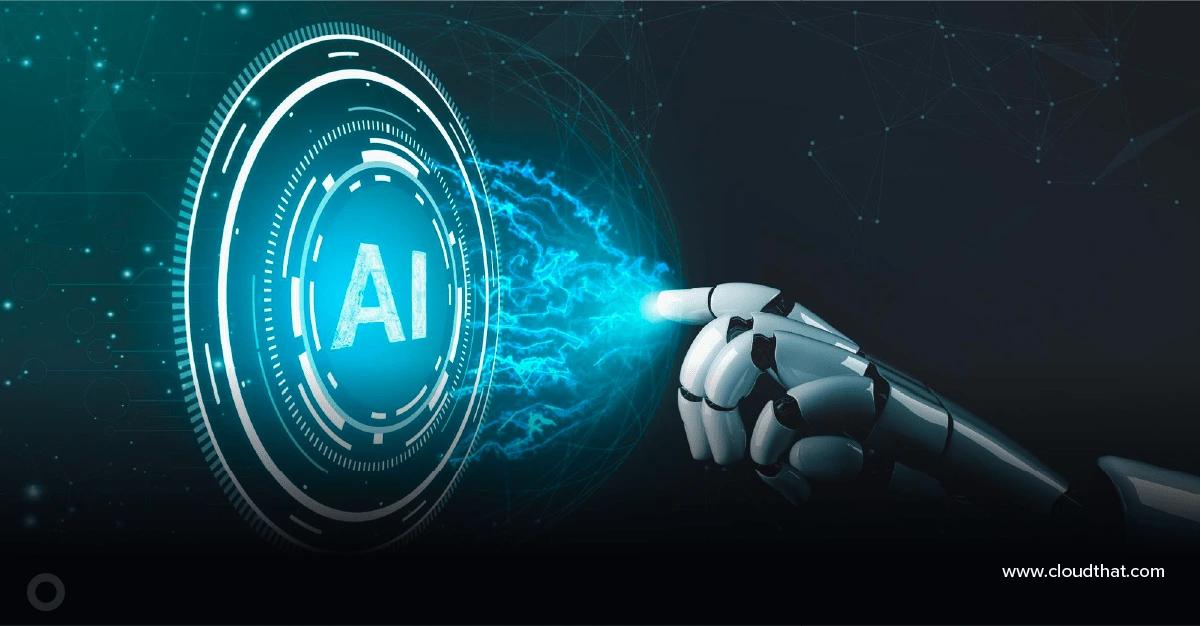

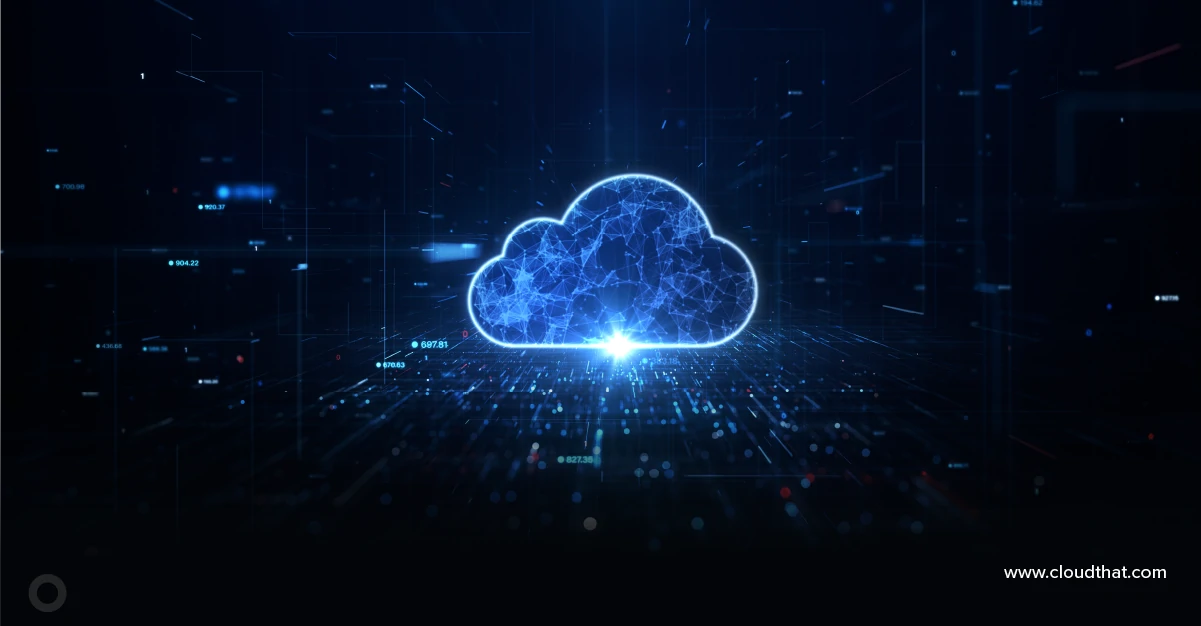
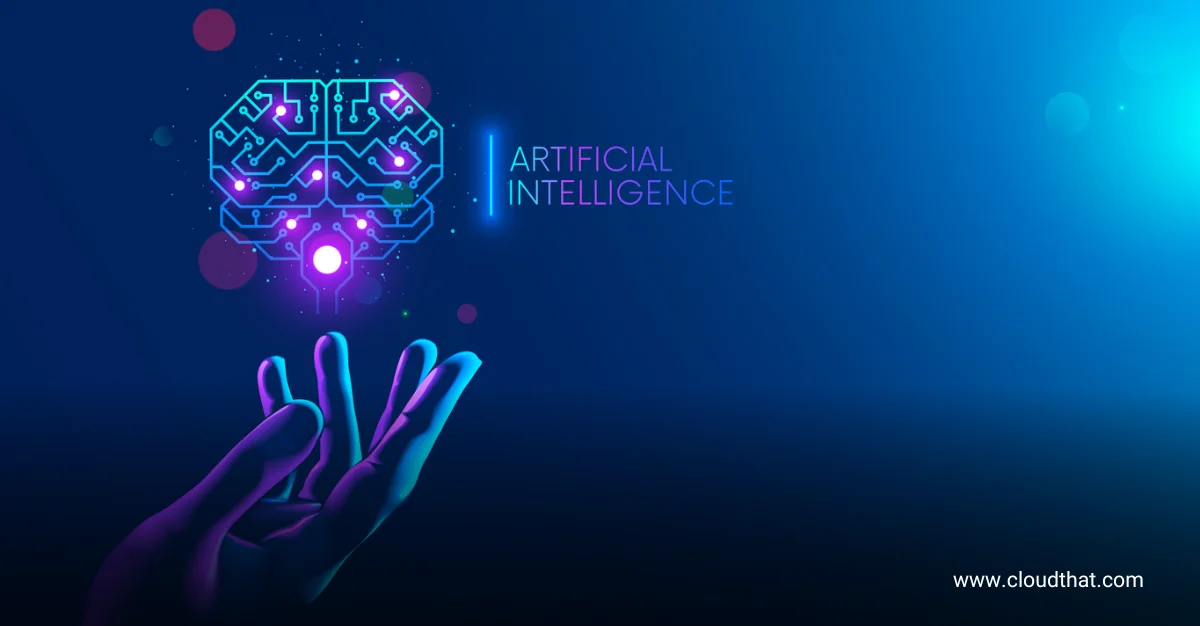
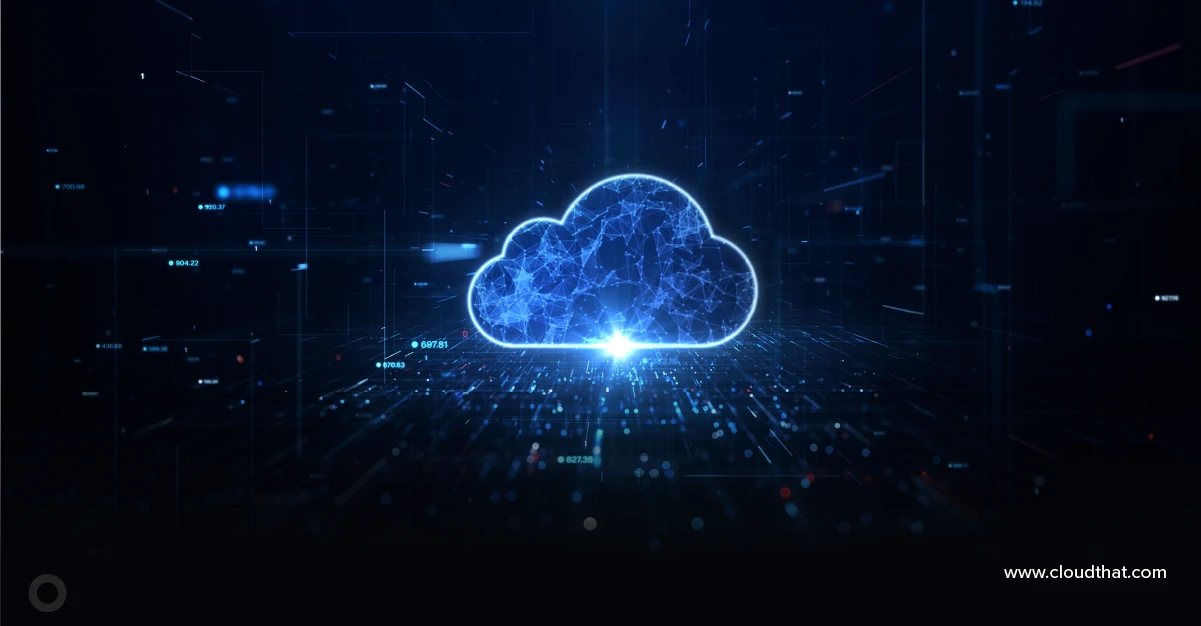
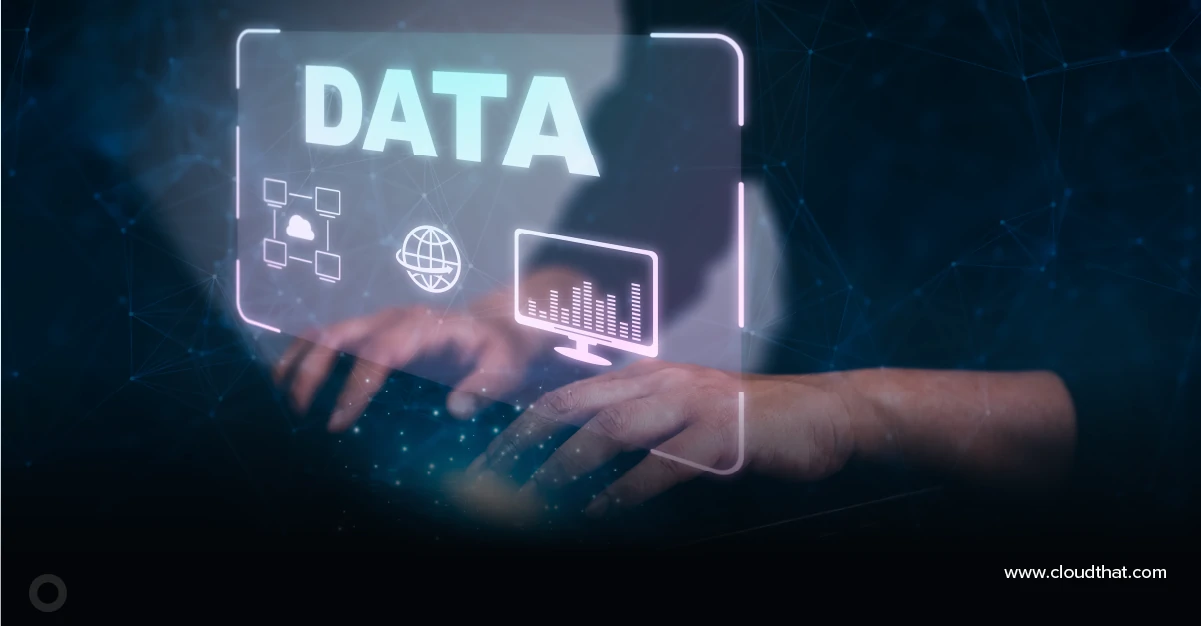
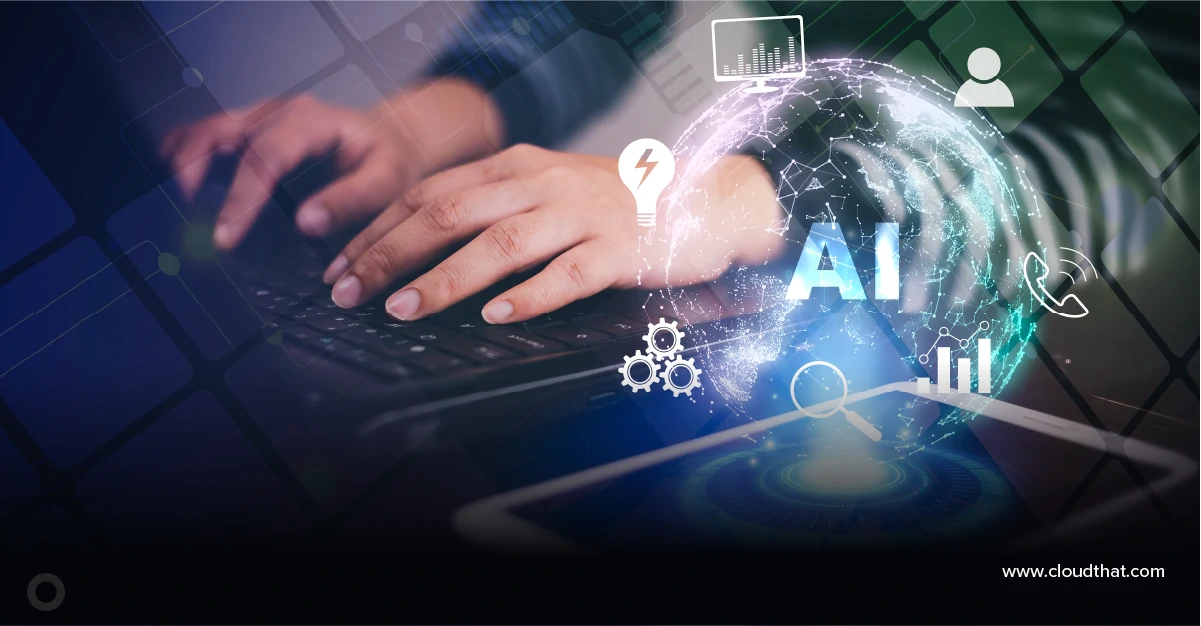
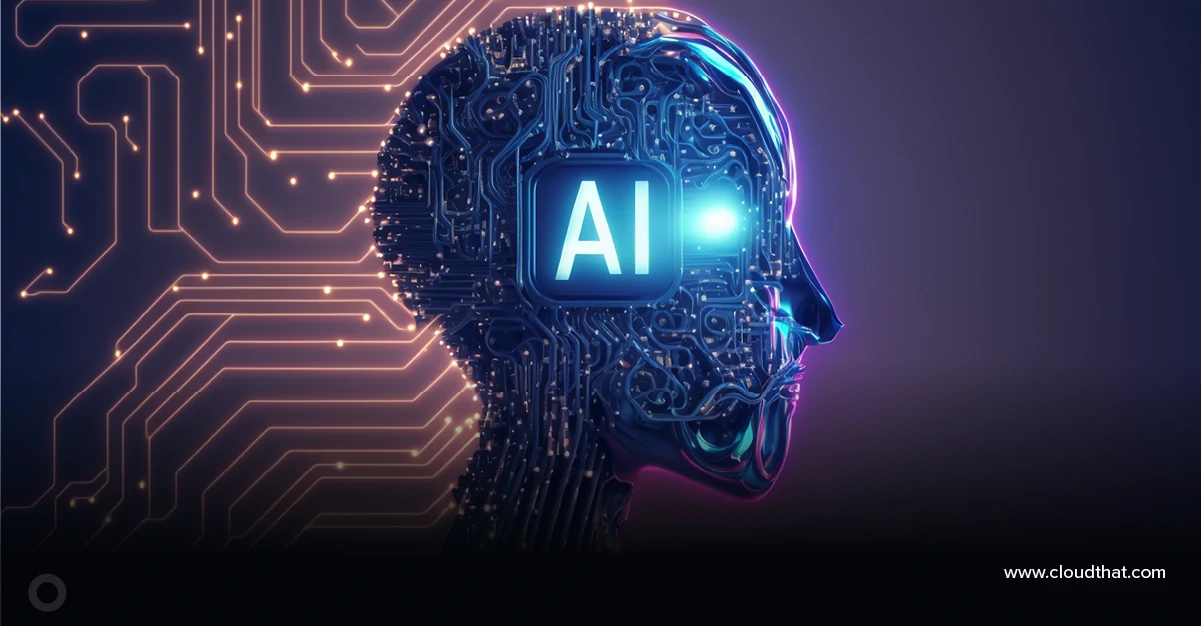

Comments